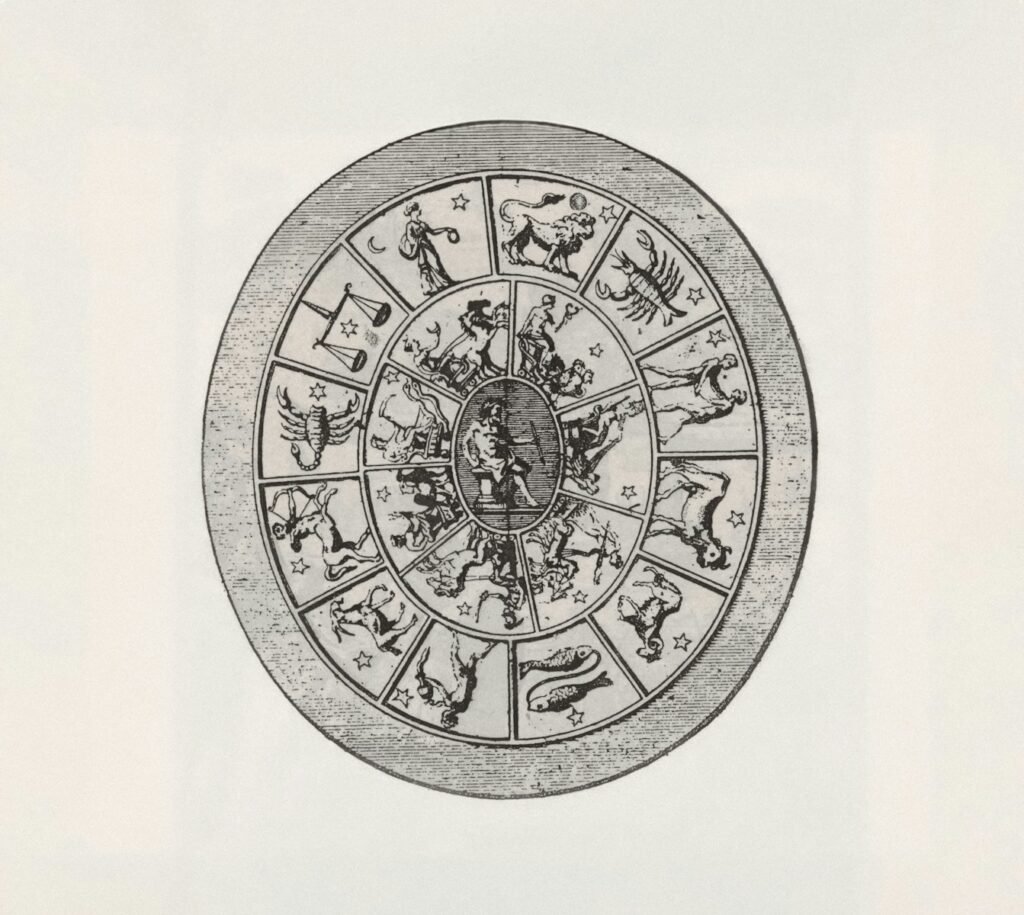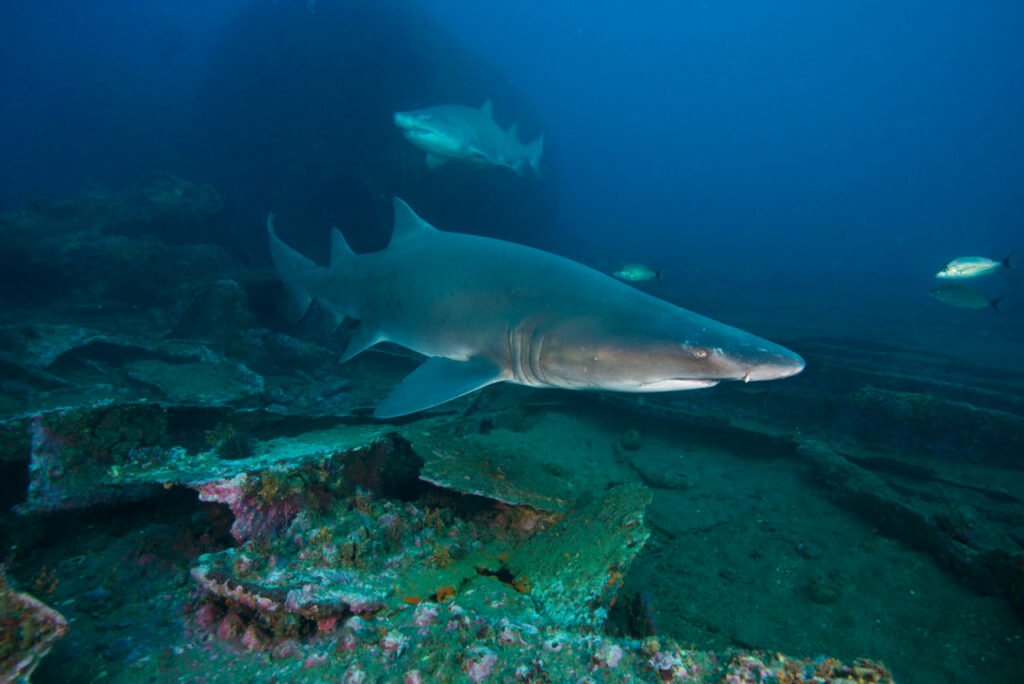Across a planet under pressure, a new generation is asking how their work can heal habitats, not harm them. In that search, something unexpected keeps surfacing in field stations and campus advising rooms: zodiac traits used as a playful compass for serious choices. While astrology is not a scientific tool, personality fit is – and matching day-to-day job demands with enduring tendencies can make tough, outdoor roles safer and more sustainable. As conservation jobs diversify – from drone mapping to sea turtle rehab – there’s room for many styles, many talents, and many paths into the wild. Think of the zodiac here as a storytelling frame for exploring the real skills wildlife careers demand right now.
Fire Signs in the Field: Bold Frontliners
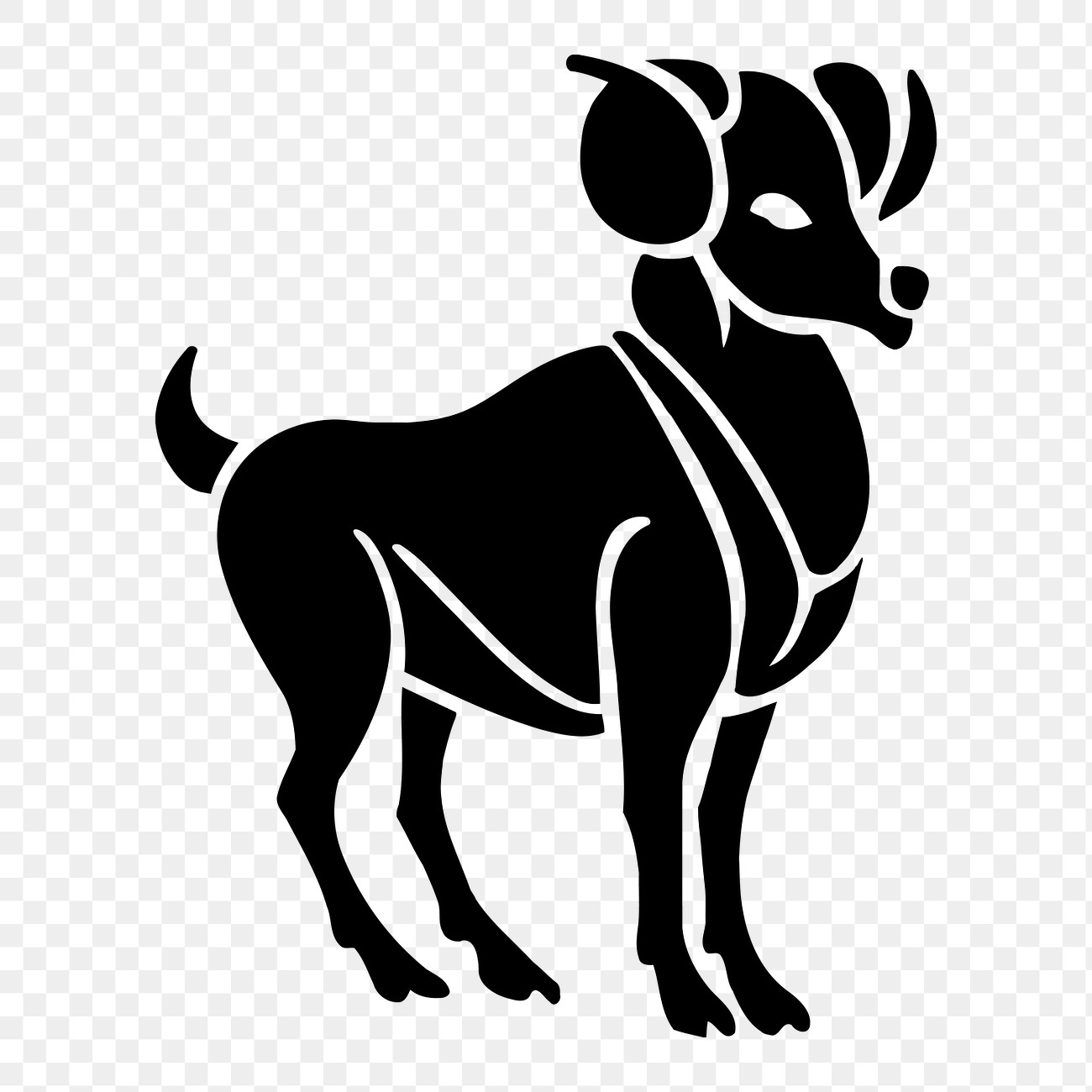
Aries, Leo, and Sagittarius often bring heat to high-stakes work, and certain wildlife roles thrive on that energy. Aries can excel in rapid-response assignments – wildlife firefighting support, anti-poaching patrols with rigorous training, or emergency translocations – where decisiveness and stamina matter. Leo’s natural stage presence suits big-cat education programs, park outreach, or expedition leadership that motivates teams to keep going when weather and morale turn. Sagittarius, hungry for horizon, fits wide-ranging assignments like ungulate migration studies, ranger aviation logistics, or transboundary corridor surveys that require navigation, languages, and endurance.
Still, fire needs a hearth: safety briefings, situational awareness, and rest are as critical as bravery. Field supervisors increasingly pair bold personalities with structured checklists, satellite tracking, and risk audits to keep missions controlled, not chaotic. In my own reporting, the most effective frontliners were the ones who learned to cool their spark with precise protocols. If fire signs can embrace the quiet art of procedure, they can be the steady flame that carries a field season to the finish.
Earth Signs at the Core: Steady Hands of Conservation
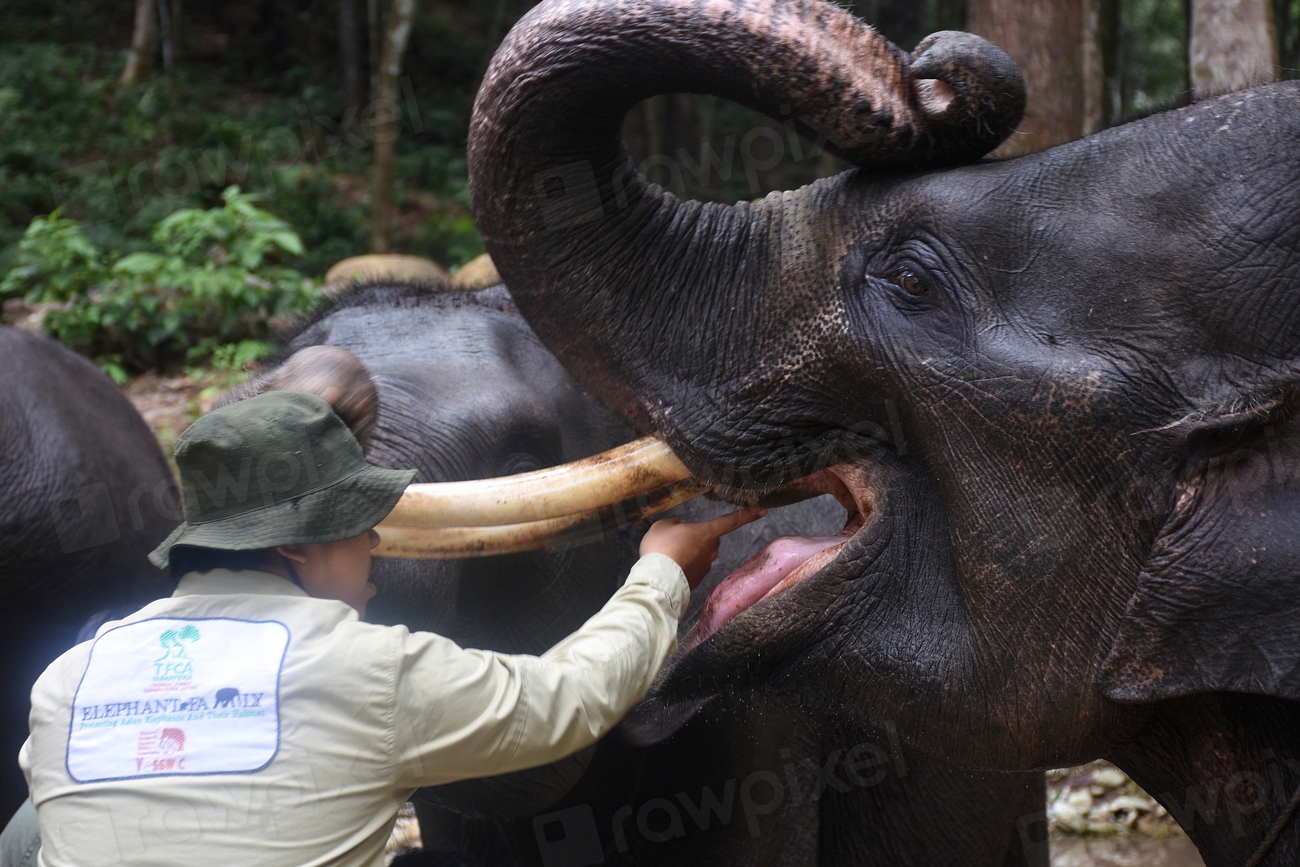
Taurus, Virgo, and Capricorn tend to thrive where patience and precision steer the work. Wildlife veterinary care, nutrition planning for rehabilitation centers, and sedation protocols benefit from Taurus’s calm under pressure and practical sense. Virgo’s gift for detail translates to environmental DNA workflows, wildlife disease surveillance, museum-collection curation, and quality control for camera-trap datasets where a single mislabel can derail months of analysis. Capricorn, the mountain climber, often shines managing long, multi-agency projects – park infrastructure upgrades, watershed restoration budgets, or population viability modeling that spans years.
These roles rarely make headlines, yet they are the backbone of recovery plans and reintroduction campaigns. Earth signs bring the methodical cadence that keeps science reproducible and field logistics predictable. They also tend to excel at documentation – permits, veterinary records, and standard operating procedures – so the next crew can pick up the thread without losing time. When habitats heal, it’s often because someone counted, checked, and double-checked until the numbers told a reliable story.
Air Signs Connecting Dots: Communicators and Innovators

Gemini, Libra, and Aquarius lean toward the bridgework that connects data, people, and policy. Gemini fits science communication, community radio for human–wildlife coexistence, and telemetry tracking teams that must interpret signals in real time. Libra’s balance is invaluable in stakeholder mediation – farmers, herders, park staff, and transport planners – and in designing wildlife crossings or corridor agreements so all parties feel heard. Aquarius gravitates to tech-forward roles: drone-based nest checks, machine-learning acoustic networks that flag rare calls, or open-source mapping that puts biodiversity data in the hands of local communities.
Air signs can transform scattered observations into coherent narratives that influence budgets and laws. They read the room, translate jargon, and show how a single wetland buffers floods, supports fisheries, and draws eco-tourism. In an era when many species cross borders, that diplomatic bandwidth keeps projects alive. The magic here is not just cleverness; it’s the humility to listen and the rigor to turn conversation into measurable action.
Water Signs in the Quiet Places: Empathy and Deep Observation

Cancer, Scorpio, and Pisces often excel where sensitivity and focus reveal what others miss. Wildlife rehabilitation, neonatal care for orphaned mammals, and turtle hatchery coordination benefit from Cancer’s steady nurture and careful scheduling. Scorpio’s intensity suits nocturnal carnivore surveys, venom lab work with strict safety culture, and forensic investigations into trafficking where patterns hide in fragments. Pisces brings feel for aquatic worlds – marine mammal observation, coral and seagrass restoration, and freshwater eDNA sampling that demands delicate handling and patience.
These paths ask for emotional resilience as much as technical skill. Compassion fatigue is real in rehab and stranding response, so water signs do well when teams normalize debriefs and rotate duties. Their advantage is a gift for reading subtle cues – an eye flicker in a recovering raptor, a faint chorus in a hydrophone feed – that can change decisions in the moment. In quiet places, that felt attention is sometimes the difference between guesswork and a life saved.
From Ancient Tools to Modern Science
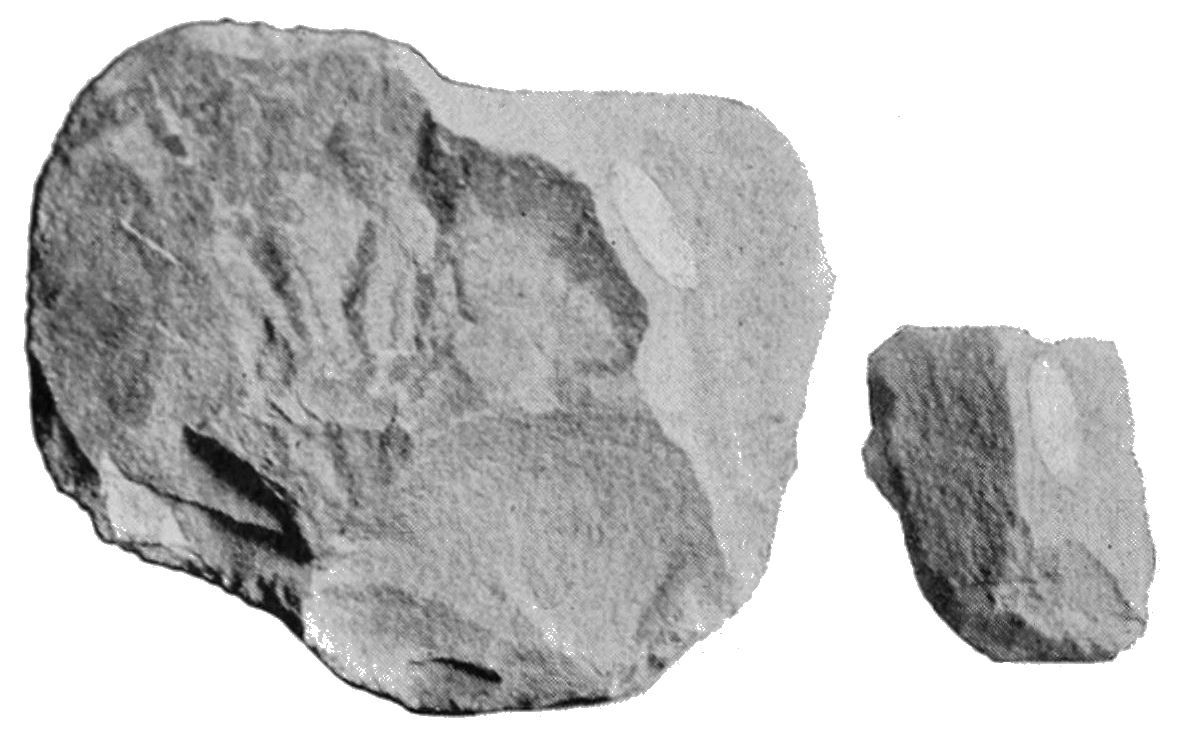
Astrology is not a scientific method, but it can spark curiosity that leads people into rigorous training and evidence-based practice. Occupational psychology shows that aligning stable traits – like risk tolerance, conscientiousness, or sociability – with job demands improves performance and retention in challenging roles. Think of zodiac clusters as friendly metaphors that nudge readers to consider the competencies conservation really needs: stamina for remote work, comfort with uncertainty, or meticulous data habits. Then validate those hunches with established frameworks such as Big Five measures, situational judgment tasks, and skills inventories specific to wildlife science.
Consider three realities that matter on the ground: first, field safety improves when personalities mesh with tasks and team culture; second, data quality rises when detail-oriented staff own the pipelines; third, public trust grows when communicators can translate findings without oversimplifying. Modern conservation is a system, not a personality test, and the system works best when evidence guides hiring, mentorship, and evaluation. If the zodiac brings someone to the door, science should show them how to walk through with confidence. That’s where myth hands the torch to method.
Why It Matters

Wildlife programs face a blunt challenge in 2025: a surge in complex threats and a persistent shortage of people ready to tackle them for the long haul. Remote postings turn over quickly, early-career staff burn out, and communities want roles that respect both livelihoods and landscapes. Matching intrinsic strengths to mission-critical tasks helps teams last longer and deliver steadier results, especially when the work is physically taxing or emotionally heavy. It also opens pathways for people who may not see themselves as “typical” field biologists but have the exact strengths a project needs.
There’s a broader science story, too. Conservation outcomes hinge not only on budgets and techniques but on the human variables of teamwork, judgment, and persistence. By naming the full spectrum of wildlife careers – lab, field, policy, outreach – we reduce the mismatch that drives attrition. When people’s daily work aligns with how they naturally operate, habitats benefit from continuity, and communities see projects keep their promises.
The Future Landscape

The next decade will pull wildlife work in two directions at once: more high-tech and more human-centered. Drones will map nesting sites with minimal disturbance, acoustic arrays will listen for vanishing species, and environmental DNA will track biodiversity from a single water sample. Those tools demand new talent mixes – analysts who love code, pilots who trust checklists, educators who can explain why an algorithm flagged a species. The signs’ strengths still fit: Aquarius leans into sensor networks, Earth signs tame the data pipelines, Fire leads rapid deployments, Water brings care to marine and freshwater triage.
But technology won’t erase old challenges like heat extremes, invasive species, and conflict near farms, railways, and ports. Success will favor teams that combine local knowledge with global insights and treat communities as co-designers, not afterthoughts. Career paths will be less linear: a rehab tech might learn scripting; a drone operator might become a corridor mediator. The wild is evolving, and so are the jobs that protect it.
Conclusion

If this lens sparked something, ground it in evidence and experience. Take a reputable personality or interests assessment, talk to mentors about the gritty realities of each role, and sample tasks through volunteering – camera-trap servicing, shoreline cleanups, or data validation for a citizen-science platform. Build a safety-first skill set – navigation, first aid, animal handling under supervision – and pair it with a specialty that excites you, whether that’s pathology, GIS, or seabird monitoring. Let your sign point to a door, then let training, humility, and practice carry you through it.
Wildlife careers need every kind of mind, from the patient note-taker to the boundary-pushing explorer. Your path doesn’t have to look like anyone else’s to make a measurable difference for species and people. If you choose with care and commit to learning, the field will meet you halfway. Which strengths will you bring into the wild?

Suhail Ahmed is a passionate digital professional and nature enthusiast with over 8 years of experience in content strategy, SEO, web development, and digital operations. Alongside his freelance journey, Suhail actively contributes to nature and wildlife platforms like Discover Wildlife, where he channels his curiosity for the planet into engaging, educational storytelling.
With a strong background in managing digital ecosystems — from ecommerce stores and WordPress websites to social media and automation — Suhail merges technical precision with creative insight. His content reflects a rare balance: SEO-friendly yet deeply human, data-informed yet emotionally resonant.
Driven by a love for discovery and storytelling, Suhail believes in using digital platforms to amplify causes that matter — especially those protecting Earth’s biodiversity and inspiring sustainable living. Whether he’s managing online projects or crafting wildlife content, his goal remains the same: to inform, inspire, and leave a positive digital footprint.

